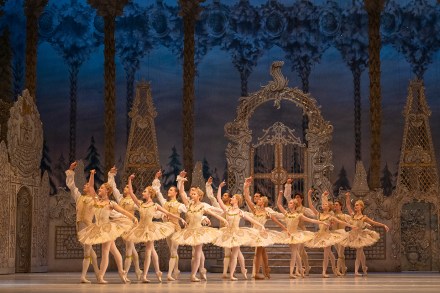Sincere, heartfelt, true: The Holdovers reviewed
The first thing to say about Alexander Payne’s latest, The Holdovers, is that it’s not so much an inspirational teacher film as an uninspirational teacher film. You should know that before attending the cinema otherwise you might sit throughout in the brace position, fearing it could go all Dead Poets Society at any moment. It doesn’t. No one plunders Tennyson for motivational slogans even once. Instead, it feels sincere, heartfelt, true. You may even come away wishing you’d had an uninspirational teacher when you were at school. The year is 1970 and it’s filmed as if it had been made in 1970 with static on the soundtrack, desaturated colours and




















